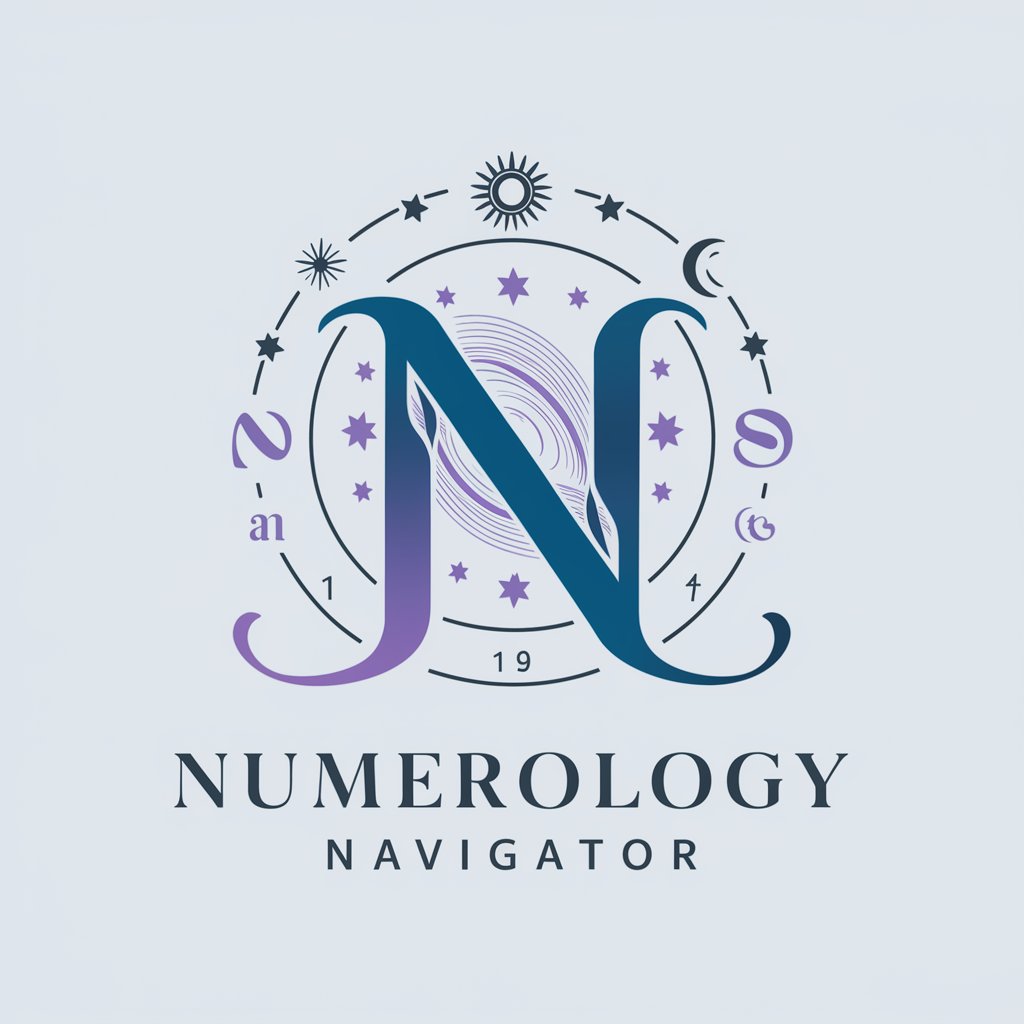Cyber Security - Cyber Security Insight Tool

Welcome! I'm here to help you secure your networks and data with expert advice.
Empowering Digital Security with AI
What are the best practices for securing a corporate network?
How can organizations protect themselves from phishing attacks?
What are the latest trends in ransomware tactics and defenses?
How can encryption be effectively implemented in data protection strategies?
Get Embed Code
Introduction to Cyber Security
Cyber Security, at its core, is the practice of protecting systems, networks, and programs from digital attacks. These cyberattacks are usually aimed at accessing, changing, or destroying sensitive information; extorting money from users; or interrupting normal business processes. Implementing effective cybersecurity measures is particularly challenging today because there are more devices than people, and attackers are becoming more innovative. A classic example illustrating the importance of cybersecurity involves the WannaCry ransomware attack in 2017, which affected hundreds of thousands of computers across 150 countries, encrypting data and demanding ransom payments in Bitcoin. This scenario underscores the need for robust cybersecurity measures to protect against unauthorized access to data centers and other computerized systems. Powered by ChatGPT-4o。

Main Functions of Cyber Security
Threat Intelligence
Example
Identifying new forms of malware or cyberattack techniques
Scenario
A cybersecurity team uses automated tools to gather information on emerging threats, such as zero-day exploits, and develops strategies to mitigate these threats before they can be exploited by attackers.
Data Protection
Example
Encryption of sensitive information
Scenario
A company implements strong encryption for customer data stored on their servers and in transit to ensure that, even if data is intercepted, it remains unreadable and secure from unauthorized access.
Identity and Access Management (IAM)
Example
Multi-factor authentication (MFA)
Scenario
An online banking service requires users to not only enter a password but also confirm their identity through a second factor, such as a text message or an authentication app, reducing the risk of account breaches.
Incident Response
Example
Rapid containment and eradication of a security breach
Scenario
Upon detecting unauthorized access to its network, a company immediately isolates the affected systems, eradicates the malware, and recovers the compromised data, minimizing the impact of the breach.
Security Awareness Training
Example
Educating employees about phishing scams
Scenario
A corporation conducts regular training sessions for employees to recognize and properly respond to phishing attempts, significantly reducing the likelihood of successful email fraud.
Ideal Users of Cyber Security Services
Businesses and Corporations
From small startups to large multinational corporations, businesses of all sizes are prime targets for cyberattacks. Cybersecurity services can protect their digital assets, safeguard customer data, and ensure uninterrupted operations, which is crucial for maintaining customer trust and compliance with data protection regulations.
Government Agencies
Government bodies handle sensitive information, from personal data to state secrets, making them attractive targets for cyber espionage. Cybersecurity measures are vital for protecting this information and ensuring the continuity of public services.
Educational Institutions
Schools, colleges, and universities are repositories of valuable research and personal data on students and staff. Cybersecurity helps protect against data breaches and maintain the integrity of academic records.
Healthcare Providers
The healthcare sector deals with highly sensitive personal health information, making it a critical area for cybersecurity to ensure patient privacy and comply with health data protection laws.
Individuals
Individual users are also at risk of personal data breaches, identity theft, and financial fraud. Cybersecurity services offer protection mechanisms like antivirus software, firewalls, and secure password practices to safeguard personal information.

Guidelines for Using Cyber Security
Start Your Journey
Initiate your cyber security exploration by visiting yeschat.ai for a complimentary trial that requires no login or subscription to ChatGPT Plus.
Identify Your Needs
Evaluate your specific security concerns, whether they involve safeguarding personal data, securing business networks, or understanding emerging cyber threats.
Explore Features
Familiarize yourself with the tool's features, including threat analysis, network security advice, and strategies for data protection.
Apply Knowledge
Utilize the insights and strategies provided to enhance your own or your organization's cyber security practices.
Stay Updated
Regularly consult the tool for updates on the latest cyber security trends and threats, maintaining a proactive approach to digital security.
Try other advanced and practical GPTs
Reasons to procrastinate ⏳ Fun Chat
Innovating Procrastination with AI

Car Insurance Virginia Beach, VA
Empowering your drive with AI-driven insurance

BhagavadGitaAI
Unlocking Spiritual Wisdom with AI

Starlight Oracle
Unlock the secrets of your stars with AI-powered insights.

AI Wedding Planner
Visualize and Plan Your Dream Wedding with AI

Can I Hold You? meaning?
Empowering In-depth Insights with AI

Numerology Navigator
Unlock Your Numerological Path with AI

Advanced R Assistant
Empowering your R coding journey with AI.

すたぺんドリル AI 先生
Empowering students with AI-driven learning.

Bright Side Buddy
Your AI-powered support and creativity partner

Flutter Senior Developer
Empowering Flutter Development with AI

パーソナル栄養士 | Personal Nutrition Manager
Smart Nutrition, Tailored for You

Frequently Asked Questions about Cyber Security
What is the role of Cyber Security in protecting against digital threats?
Cyber Security offers expert insights into network security, data protection, and threat mitigation, helping users to identify and defend against various digital threats effectively.
Can Cyber Security assist in real-time threat detection?
While it provides comprehensive information on threat landscapes and mitigation strategies, real-time detection requires integration with active monitoring systems.
How does Cyber Security stay updated on the latest threats?
It continuously integrates the latest cyber security research, emerging threat intelligence, and industry updates to provide current and relevant advice.
Is Cyber Security suitable for non-technical users?
Yes, it offers guidance that caters to both technical and non-technical users, simplifying complex security concepts while maintaining thoroughness.
Can this tool help with compliance and regulatory standards?
Cyber Security provides insights into various compliance frameworks and regulatory requirements, assisting in aligning security practices with legal standards.
